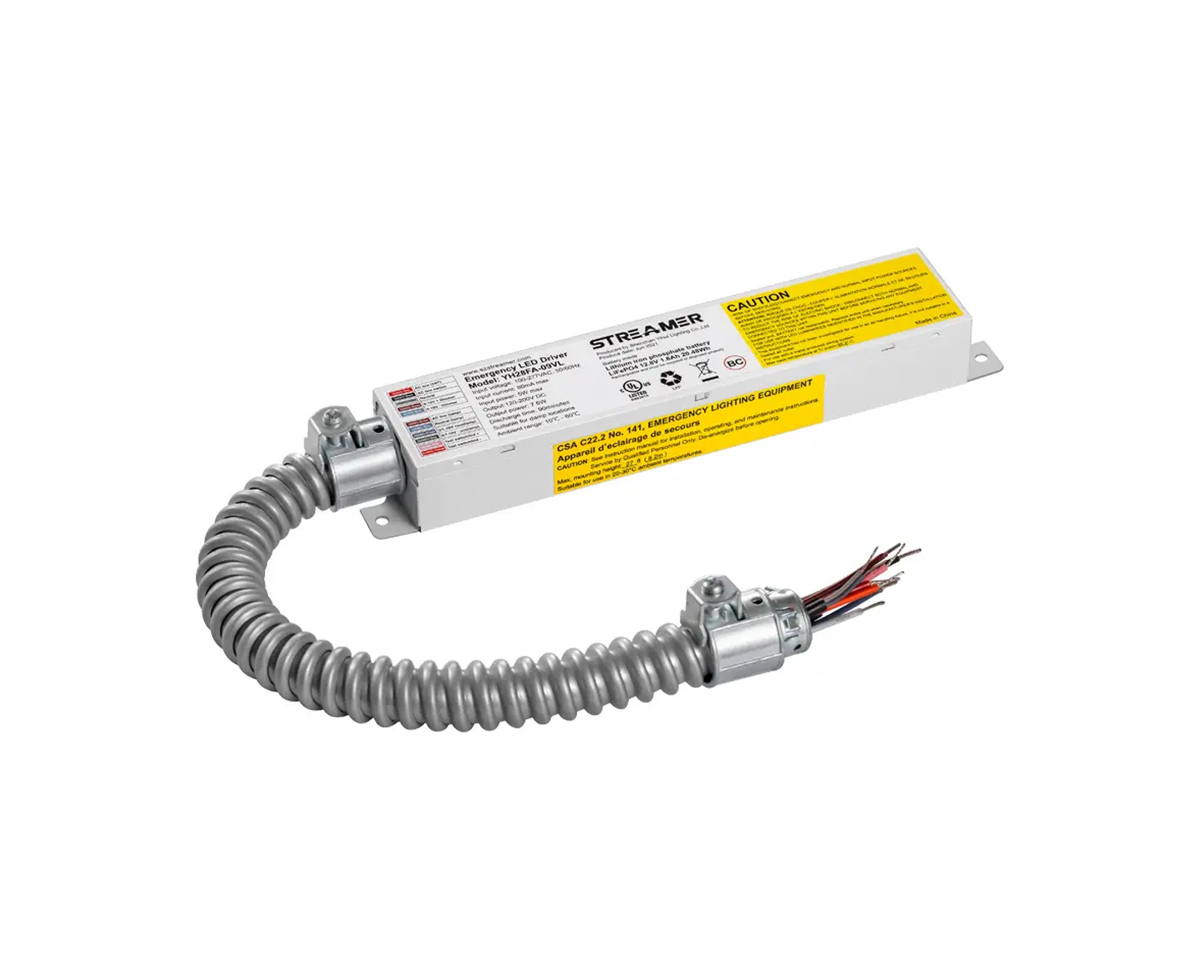 1
1
 Mar 03, 2025
Mar 03, 2025

Shear resistance is an important property for LED emergency drivers as they may be subjected to forces that can cause shear stress during installation, transportation, or in certain operating environments.
Mechanical Design for Shear Resistance
The mechanical design of LED emergency drivers is optimized to resist shear forces. The housing of the driver is designed with features that enhance its shear - resistance. For example, the shape of the housing may be designed to have a large surface area in contact with the mounting surface. This helps in distributing shear forces more evenly and reduces the stress concentration at any single point. The mounting points of the driver are also carefully designed. They are often reinforced with additional material or have special shapes that can better withstand shear forces. Some drivers use mounting brackets or flanges that are designed to resist shear. These brackets are typically made of strong materials and are attached to the driver's housing in a way that provides maximum resistance to shear forces.
Material Selection for Shear Resistance
The materials used in the construction of LED emergency drivers are chosen with shear resistance in mind. The housing material, as mentioned earlier, should have good shear - strength properties. High - strength plastics like polyamide (PA) are often used. PA has excellent mechanical properties, including high shear strength, which makes it suitable for withstanding shear forces. Metal materials, such as stainless steel, are also used in some high - end or industrial - grade LED emergency drivers. Stainless steel offers extremely high shear strength and can withstand significant shear forces without deformation. Inside the driver, the circuit boards and components are also selected and mounted in a way that resists shear. The circuit boards are made of materials with high shear - strength, such as fiberglass - reinforced epoxy (FR - 4). Components are soldered or mounted using techniques that ensure a strong bond and can resist shear forces.
Testing and Certification for Shear Resistance
To ensure the shear resistance of LED emergency drivers, manufacturers conduct various tests. Shear - force tests are carried out to measure the driver's ability to withstand forces applied parallel to its mounting surface. In these tests, a gradually increasing shear force is applied to the driver, and the point at which the driver fails or shows signs of damage is recorded. LED emergency drivers that are intended for use in certain industries or applications may need to meet specific shear - resistance standards and obtain relevant certifications. For example, in the automotive industry, LED emergency lights and their associated drivers need to pass strict shear - resistance tests to ensure they can withstand the vibrations and mechanical stresses experienced in a vehicle.